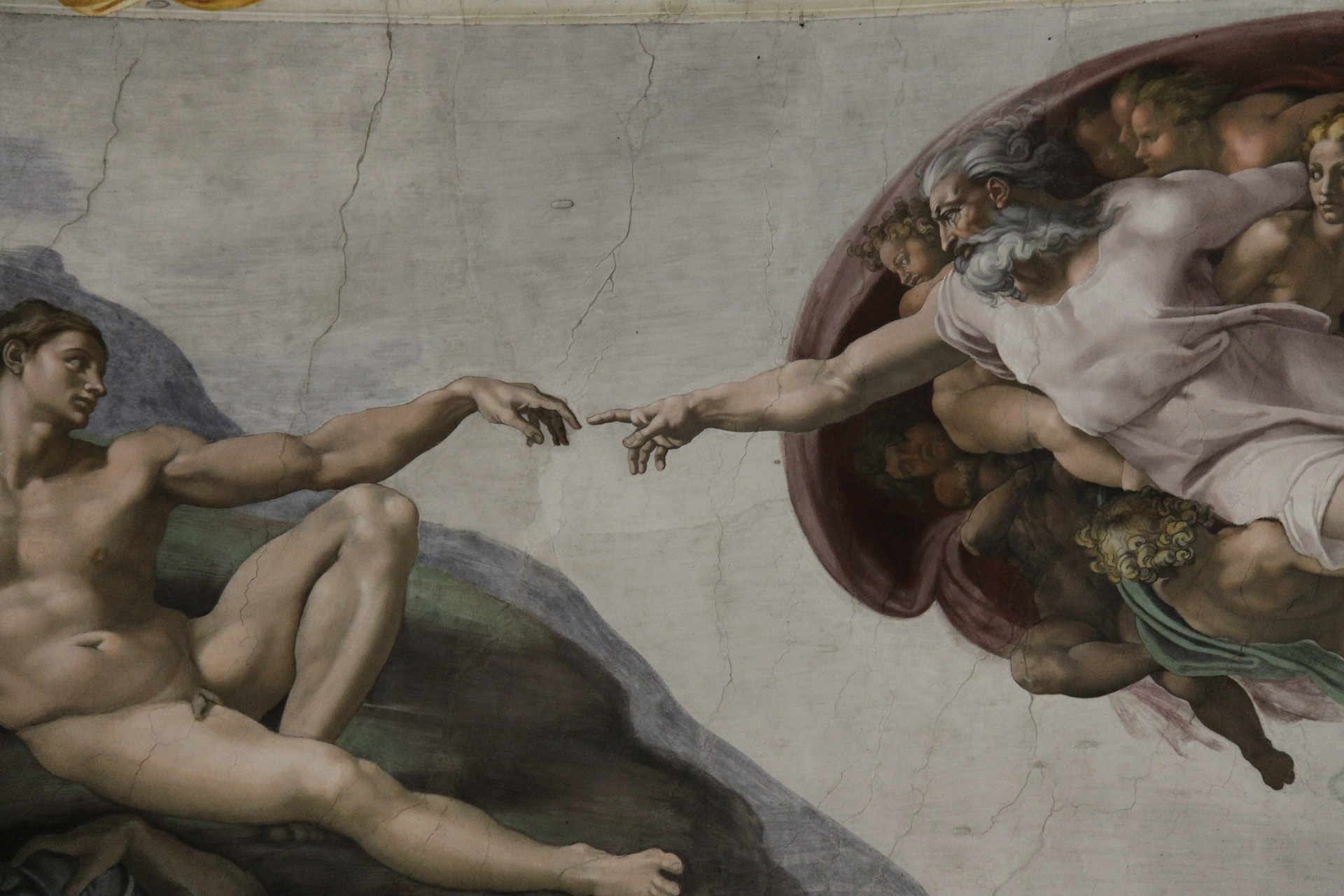Abstract
The science of literature that emerged at the end of the 19th century shaped a literary teaching framed in the culture of commentary, whose salient feature was the division of languages, for the dissertation was not to be written in the form of its object. This division of languages led to an instrumentalisation of literature, where the literary text is used to reproduce a knowledge that is already known. In recent decades, as a reaction to this teaching, pedagogies have emerged (humanist or pleasure pedagogies) that aim at a direct contact with the work, a contact stripped of theory. It seems that these pedagogies are rushing towards epistemologically naïve forms of knowledge. Consequently, as I propose in this essay, literary teaching should move towards a teaching articulated in two dimensions: 1) an epistemology of reading; 2) a teaching of the writing of reading that returns to rhetorical culture.
References
Barthes, R. (1971). Réflexions sur un manuel. En S. Doubrovsky, y T. Tzvetan (Eds.), L’enseignement de la littérature (pp. 170-195). Plon.
Barthes, R. (2002). Œuvres Complètes. Seuil.
Blanchot, M. (1959). Le Livre à venir. Gallimard.
Bleich, D. (1975). Readings and Feelings. An Introduction to Subjective Criticism. Indiana University.
Bloom, H. (1997). Cómo leer y por qué. Anagrama.
Bombini, G. (2009). La trama de los textos. Problemas de la enseñanza de la literatura. Lugar.
Booth, W. (1992). Pluralismo en el aula. En G. Bombini (ed.) Literatura y educación. CEAL.
Ceserani, R. (1992). Cómo enseñar literatura. En G. Bombini (Ed.) Literatura y educación (pp. 80-102). CEAL.
Charles, M. (1995). Introduction à l’étude des textes. Seuil.
Compagnon, A. (1998). Le démon de la théorie. Seuil.
Culler, J. (1987). La critique littéraire et l’université : modèles conflictuels (États-Unis). Études françaises, 23, 75-88.
Culler, J. (1995). En defensa de la sobreinterpratación. En S. Collini (Ed.) Interpretación y sobreinterpretación (pp. 119-134). CUP.
De Man, P. (2002). The Resistance to Theory. UMP.
Díaz Súnico, M. (2005). El concepto de placer en la lectura. Educación, Lenguaje y Sociedad, III(3), 21-32.
Eliot, T. S. (1960). The Sacred Wood: Essays on Poetry and Criticism. Methuen.
Fenstermacher, G. y Soltis, J. (1998). Enfoques de la enseñanza. Amorrortu.
Fish. S. (1980). Is There a Text in This Class? Harvard University Press.
Garayalde, N. (2021). ¿A dónde va la crítica literaria? En P. Bayard y N. Garayalde. Por una crítica intervencionista. Bulk-Nube Negra.
Garayalde, N. (2022). ¿A dónde va la teoría literaria? Boletín del Centro de Estudios de Teoría y Crítica Literaria, 21, 7-25.
Gaillard, F. (1987). Enseigne‑t‑on la littérature ? (France). Études françaises, 23, 13-23.
Genette, G. (1969). Rhétorique et enseignement. Figures II. Seuil.
Genette, G. (1971). Littérature et histoire. En S. Doubrovsky y T. Tzvetan (Eds.). L’enseignement de la littérature (243-251). Plon.
Gerbaudo, A. (2021). Ni dioses, ni bichos. UNL.
Giordano, A. (2014). La supersticiosa ética del lector. Notas para comenzar una polémica. Puentes, 2, 16-19.
Holland, N. (2008). Know Thyself Delphi Seminars. The PsyArt Foundation.
Larrosa, J. (2013). Una lengua para la conversación. En J. Larrosa, y C. Skliar (Eds.) Entre pedagogía y literatura (25-39). Miño y Dávila.
Ministerio de Cultura y Educación de la Nación, Consejo Federal de la Nación Argentina (1995). Contenidos Básicos Comunes para la Educación General Básica. Segunda Edición. Argentina.
Miller, H. (2005). The Imperative to Teach. En J. Wolfreys (Ed.) The J. Hillis Miller Reader. Standford University Press.
Nabokov, V. (1982). Lectures on Literature. Harvest.
Panesi, J. (2000). Críticas. Norma.
Rattero, C. (2013). ¿Alguien tiene hoy algo de sí para contarnos? En J. Larrosa y C. Skliar (Eds.) Entre pedagogía y literatura. Miño y Dávila.
San Emeterio, D. (1995). Primera clase de Metodología y análisis de textos literarios. Dina y las letras. Homenaje a Dina San Emeterio. UNL.
Schaeffer, J. (2013). Pequeña ecología de los estudios literarios. FCE.
Starobinski, J. (1970). La relation critique. Gallimard.
Sollers. P. (1992). Notas sobre literatura y enseñanza. En G. Bombini (Ed.) Literatura y educación (pp. 66-69). CEAL.
Todorov, T. (1971). Conclusion. En S. Doubrovsky y T. Tzvetan (Eds.). L’enseignement de la littérature. Plon.
Todorov, T. (2008). La literatura en peligro. Galaxia Guttenberg.
Valera Villegas, G. y Madriz, G. (2013). Las letras en el tejido de la vida. Literatura del yo y educación. En J. Larrosa y C. Skliar (Eds.) Entre pedagogía y literatura. Miño y Dávila.
##plugins.facebook.comentarios##

This work is licensed under a Creative Commons Attribution-NonCommercial-NoDerivatives 4.0 International License.
Copyright (c) 2023 Nicolás Garayalde







